Jack Kirby’s Son, Neal Kirby, Reacts To New Disney+ Documentary On Stan Lee: “Are We To Assume Lee Had A Hand In Creating Every Marvel Character?”
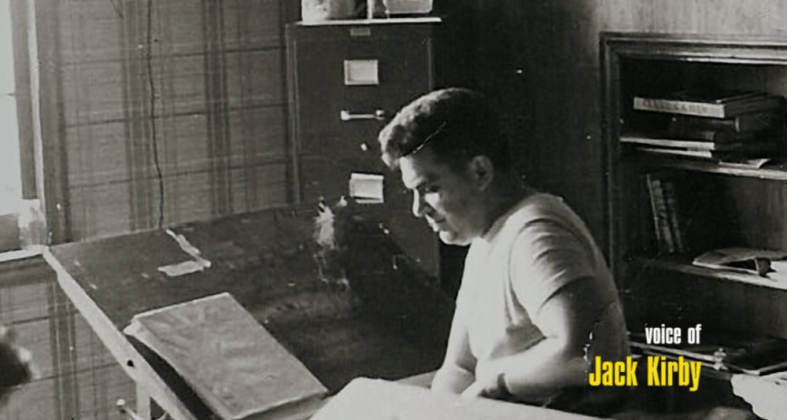
Neal Kirby, the son of comic book legend Jack Kirby, recently shared an open letter reacting to the newly released Stan Lee documentary on Disney+.

Stan Lee and Jack Kirby in Stan Lee (2023), Marvel Studios
According to a press release, the documentary titled Marvel Studios’ Stan Lee “is the official l documentary film about Stan “The Man” Lee and his journey to become one of the most influential people in the world of comic books and pop culture. Tracing his life from his challenging upbringing as Stanley Lieber to the meteoric rise of Marvel Comics, Stan Lee tells Stan’s story in his own words.”
The press release adds, “Using only archival material—from personal home video, interviews and audio recordings—the film examines Stan’s origin story and what emerged from it: a far-reaching universe of stories with three-dimensional characters that have resonated with people all over the world. In this way, Stan Lee is both a story of comics and passion, and an intimate portrait of a man, his philosophy and its lasting impression.”

Stan Lee in Stan Lee (2023), Marvel Studios
RELATED: A Golden Age Jack Kirby Comic Inspired A Priest On The Path To Sainthood
Kirby reacted to the documentary with his daughter Jillian Kirby, the granddaughter of Jack Kirby sharing her father’s open letter to Twitter. Jillian wrote, “My father Neal Kirby (Jack Kirby’s son) has asked me to post this written statement in response to the Stan Lee documentary released yesterday on Disney+.
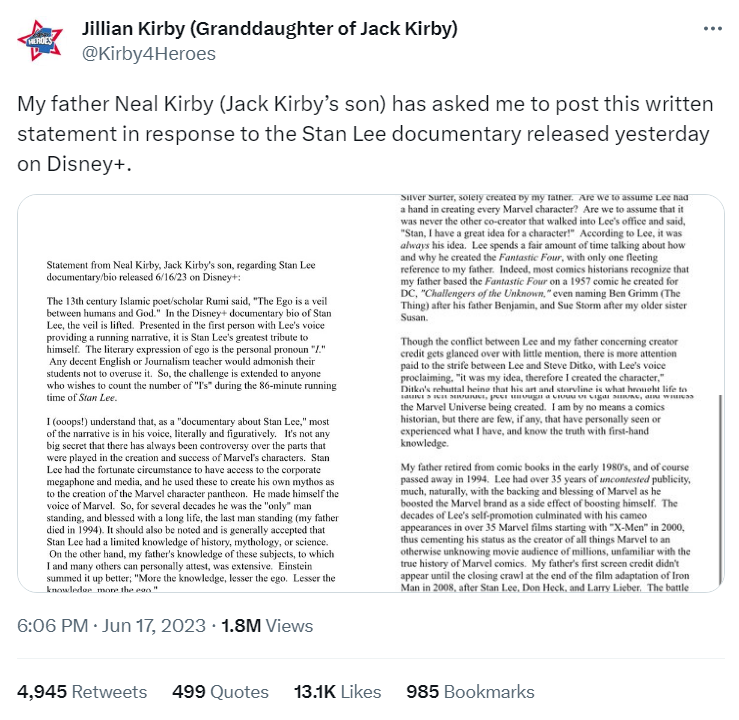
Jillian Kirby Twitter
In the letter, Neal Kirby politely accuses Sam Lee of being a narcissist. He writes, “The 13th century Islamic poet/scholar Rumi said, ‘The Ego is a veil between humans and God.’ In the Disney+ documentary bio of Stan Lee, the veil is lifted. Presented in the first person with Lee’s voice providing a running narrative, it is Stan Lee’s greatest tribute to himself.
He continues, “The literary expression of ego is the personal pronoun ‘I.’ Any decent English or Journalism teacher would admonish their students not to overuse it. So, the challenge is extended to anyone who wishes to count the number of ‘I’s’ during the 86-minute running time of Stan Lee.”
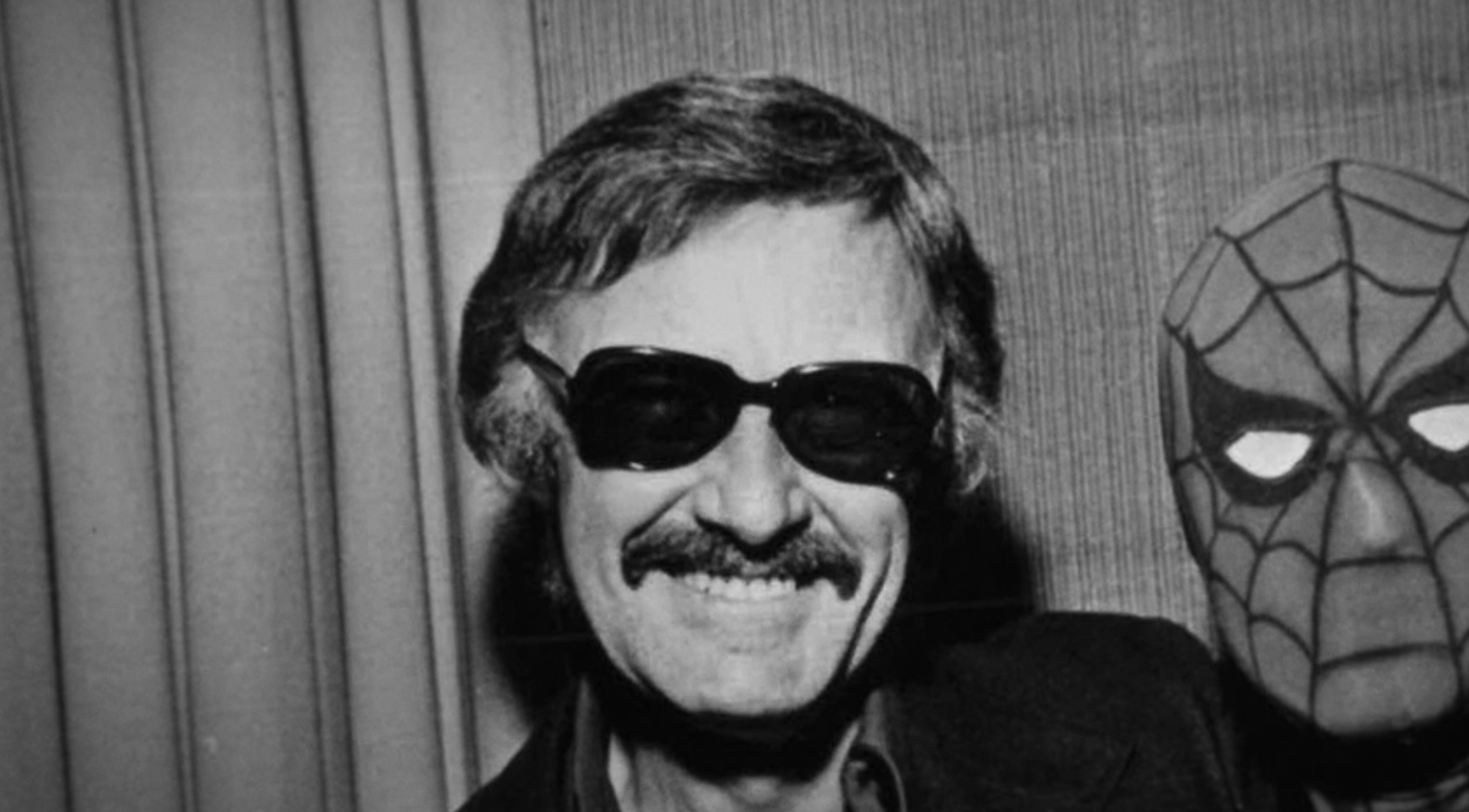
Stan Lee in Stan Lee (2023), Marvel Studios
Kirby then stated, “I (ooops!) understand that, as a ‘documentary about Stan Lee,’ most of the narrative is in his voice, literally and figuratively. It’s not any big secret that there has always been controversy over the parts that were played in the creation and success of Marvel’s characters. Stan Lee had the fortunate circumstance to have access to the corporate megaphone and media, and he used these to create his own mythos as to the creation of the Marvel character pantheon. He made himself the voice of Marvel.”
“So, for several decades he was the ‘only’ man standing, and blessed with a long life, the last man standing (my father died in 1994),” Kirby relayed. “It should also be noted and is generally accepted that Stan Lee had a limited knowledge of history, mythology, or science. On the hand, my father’s knowledge of these subjects, to which I and many other can personally attest, was extensive. Einstein summed it up better; ‘More the knowledge, lesser the ego. Lesser the knowledge, more the ego.'”
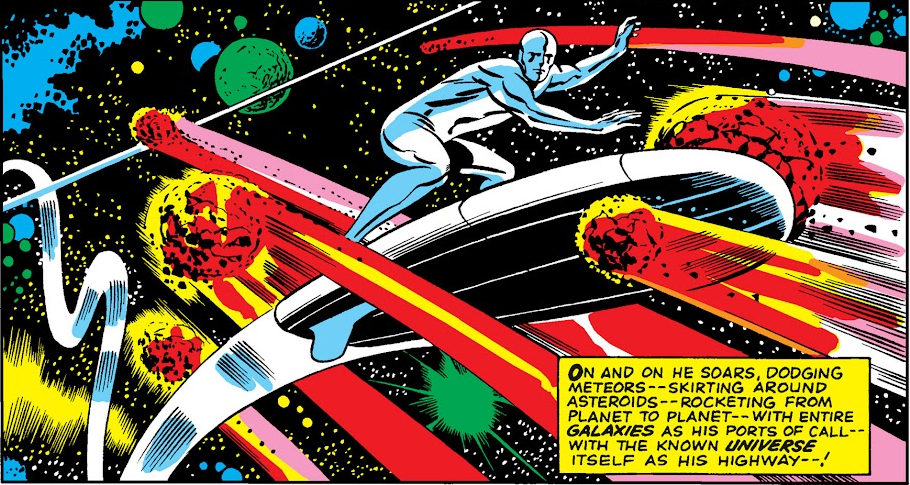
Silver Surfer surfs through the galaxy in Fantastic Four #48 (1966), Marvel Comics
He then specifically took issue with the show’s claim that Lee created much of the Marvel characters, “If you were to look at a list and timeline of Marvel’s characters from 1960 through 1966, the period in which the vast majority of Marvel’s major characters were created during Lee’s tenure, you will see Lee’s name as a co-creator on every character, with the exception of the Silver Surfer, solely created by my father. Are we to assume Lee had a hand in creating every Marvel character?”
“Are we to assume that it was never the other co-creator that walked into Lee’s office and said, ‘Stan, I have a great idea for a character!’ According to Lee, it was always his idea.”
Kirby then specifically takes issue with Lee’s comments regarding the creation of the Fantastic Four, “Lee spends a fair amount of time talking about how and why he created the Fantastic Four, with only one fleeting reference to my father. Indeed, most comics historians recognize that my father based the Fantastic Four on a 1957 comic he created for DC, Challengers of the Unknown, even naming Ben Grimm (The Thing) after his father Benjamin, and Sue Storm after my older sister Susan.”
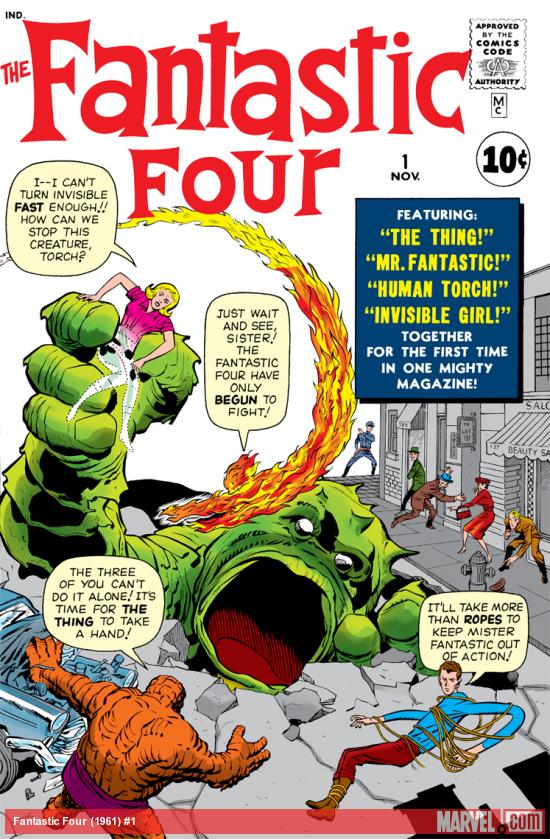
Fantastic Four #1 (1961), Marvel Comics
RELATED: 10 Steve Ditko Collections Every Comic Book Fan Should Read
“Though the conflict between Lee and my father concerning creator credit gets glanced over with little mention, there is more attention paid to the strife between Lee and Steve Ditko, with Lee’s voice proclaiming, ‘it was my idea, therefore I created the character,’ Ditko’s rebuttal being that his art and storyline is what brought life to Spiderman,” he writes.
He then compares this to Michelangelo’s sculpting of David, “In 1501, the Opera del Duomo commissioned a 26-year-old Michelangelo to sculpt a statute of David for the Cathedral of Florence – their idea, their money. The statue is called Michelangelo’s David – his genius, his vision, his creativity.”

David by Michelangelo Photo Credit: Nan Palmero from San Antonio, TX, USA, CC BY 2.0 <https://creativecommons.org/licenses/by/2.0>, via Wikimedia Commons
Kirby also takes issue with the portrayal of the working conditions in the documentary, “I was very fortunate. My father worked at home in his Long Island basement studio we referred to as ‘The Dungeon,’ usually 14-16 hours a day, seven days a week. Most of the artists, writers, inkers, etc. worked at home, not in the Marvel offices as depicted in the program,” he says.
“Through middle and high school, I was able to stand at my father’s left shoulder, peer through a cloud of cigar smoke, and witness the Marvel Universe being created. I am by no means a comics historian, but there are few, if any, that have personally seen or experienced what I have, and know the truth with first-hand knowledge,” he attests.

Uncanny X-Men #1 (1963), Marvel Comics
“My father retired from comic books in the early 1980’s, and of course passed away in 1994. Lee had over 35 years of uncontested publicity, much, naturally, with the backing and blessing of Marvel as he boosted the Marvel brand as a side effect of boosting himself,” he writes.
“The decades of Lee’s self-promotion culminated with his cameo appearances in over 35 Marvel films starting with X-Men in 2000, thus cementing his status as the creator of all things Marvel to an otherwise unknowing movie audience of millions, unfamiliar with the true history of Marvel Comics,” Kirby continues. “My father’s first screen credit didn’t appear until the closing crawl at the end of the film adaptation of Iron Man in 2008., after Stan Lee, Don Heck, and Larry Lieber.”
He concludes, “The battle for creator’s rights has been around since the first inscribed Babylonian tablet. It’s way past time to at least get this one chapter of literary/art history right. ‘Nuff said.”
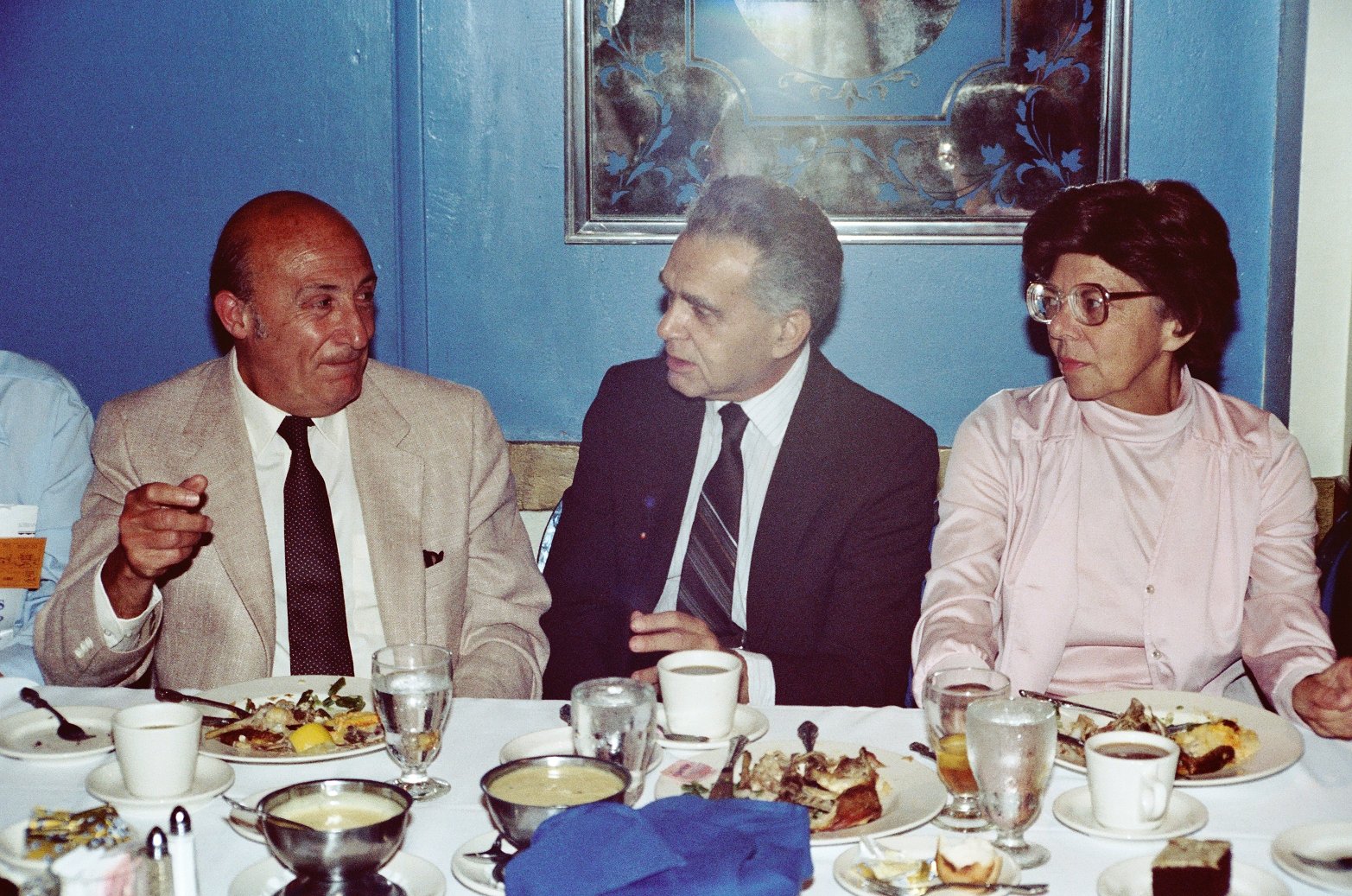
egendary cartoonists Will Eisner (1917-2005) and Jack Kirby (1917-1994) speak as Mrs. Kirby (Rosalind, died 1998) looks on, at the Inkpot Awards ceremony at the 1982 San Diego Comic Con (today called Comic-Con International). Photo Credit: photo by Alan Light, CC BY 2.0 <https://creativecommons.org/licenses/by/2.0>, via Wikimedia Commons
What do you make of Neal Kirby’s open letter? Do you think The Walt Disney Company and Marvel Studios will do anything in response to it?
NEXT: Steve Ditko Estate Files To Terminate Marvel Copyrights Over Spider-Man And Doctor Strange
More About:Comic Books
